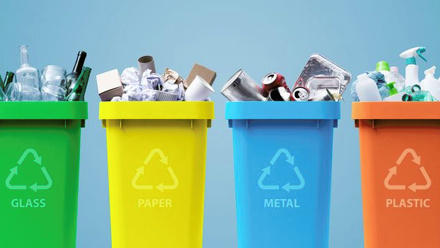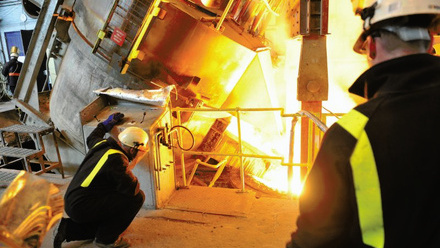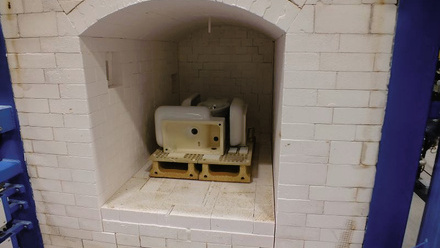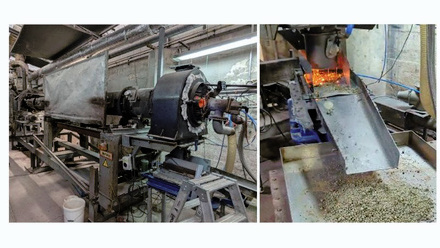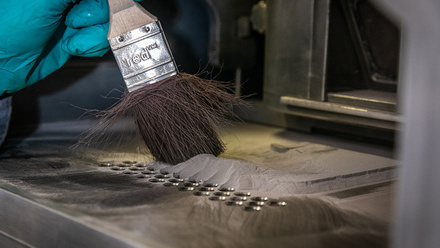Clearing the air on construction emissions
Regulating emissions from non-road mobile machinery

Since 2015, the London Mayor’s office has regulated emissions from construction machinery through the Non-Road Mobile Machinery (NRMM) Low-Emission Zone. This includes equipment such as excavators, piling rigs and cranes.
These standards for construction works seek to align with the latest technology advancements. They were recently updated, and as of January, all construction equipment must comply with higher emissions standards.
While London continues to lead the way in this area, local targets for reducing emissions from NRMM are often lacking outside of the capital.
Why does this matter? NRMM is a significant source of air pollution, contributing more to particulate matter (PM2.5) emissions in the UK than road transport.
While emissions are generally declining across the UK, the reduction in air pollution from the manufacturing and construction sectors has been slower compared to other industries. In fact, construction’s share of total emissions from the transport sector is set to grow due to its continued expansion unless further action is taken.
Historically, under pressure to deliver projects quickly and cost-effectively, many construction companies have prioritised procurement objectives, planning requirements and carbon-reduction targets over addressing air-quality impacts.
The increasing demand for housing in urban areas exacerbates this issue, often placing construction projects near local communities that are directly affected by emissions. Even with the recent updates to London’s emissions standards, further advancements are likely to be gradual.
Meanwhile, awareness is increasing around the need to move beyond reducing carbon emissions to consider all environmental and health aspects. Additionally, there is a better understanding of the health impacts on site workers, alongside growing regulatory pressure from local authorities.
A notable example of this can be seen in Lambeth and Southwark in London, where construction compliance officers have been appointed to quantify emissions reductions and ensure optimal project outcomes within their boroughs.
With the continued growth of housing or infrastructure, it is essential to act now to reduce emissions and support the industry in achieving meaningful progress.
Arup is collaborating with Impact on Urban Health, a UK-based organisation focused on improving health outcomes in urban areas. The aim is to demonstrate how the UK construction sector can reduce emissions, enhance air quality and deliver health benefits to surrounding communities.
Through our initial research and collaboration with the industry, we have established benchmarks and identified practical strategies to achieve meaningful emissions reductions. By integrating these reductions into the procurement process, construction projects can significantly lower air pollution, achieving up to 55% reductions in nitrogen oxides (NOx) and 35% in PM – well above the minimum 30% target set out in London standards.
To support this effort, we have developed a toolkit for construction companies, project managers, procurement teams and local authorities. Users can set and monitor emission targets throughout the project lifecycle, empowering them to go beyond compliance. By delivering actionable insights and measurable outcomes, it drives industry-wide change and tackles the pressing climate and air-quality challenges facing the sector.
We believe that many sites across the UK can achieve emissions reductions comparable to those demonstrated by ‘exemplar sites’. A standout example is our collaboration with construction company Bouygues on the Tustin Estate in Lambeth in London.
The Tustin Estate engaged with suppliers and contractors to identify alternative equipment options, provided training for it and swapped out the most polluting equipment. The site has reduced emissions by over 50% for NOx and over 30% for PM.
Over the next two years, we will engage with other exemplar sites of varying scales to better understand challenges, develop practical solutions and promote best practices.
We are committed to supporting the industry through training, environmental procurement reviews and comprehensive guidance. By sharing lessons learned and refining guidance over time, the industry can make significant progress toward reducing emissions.


